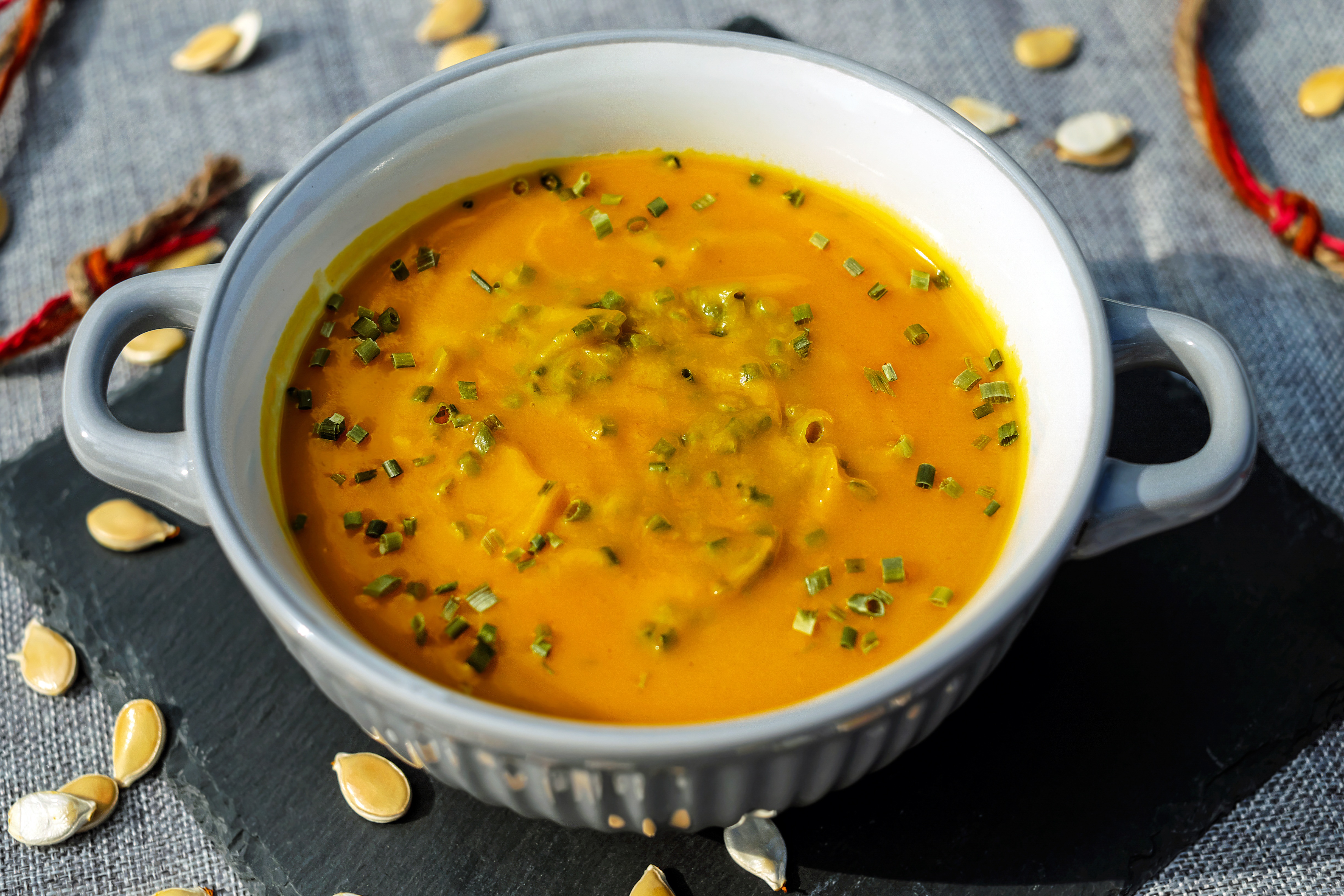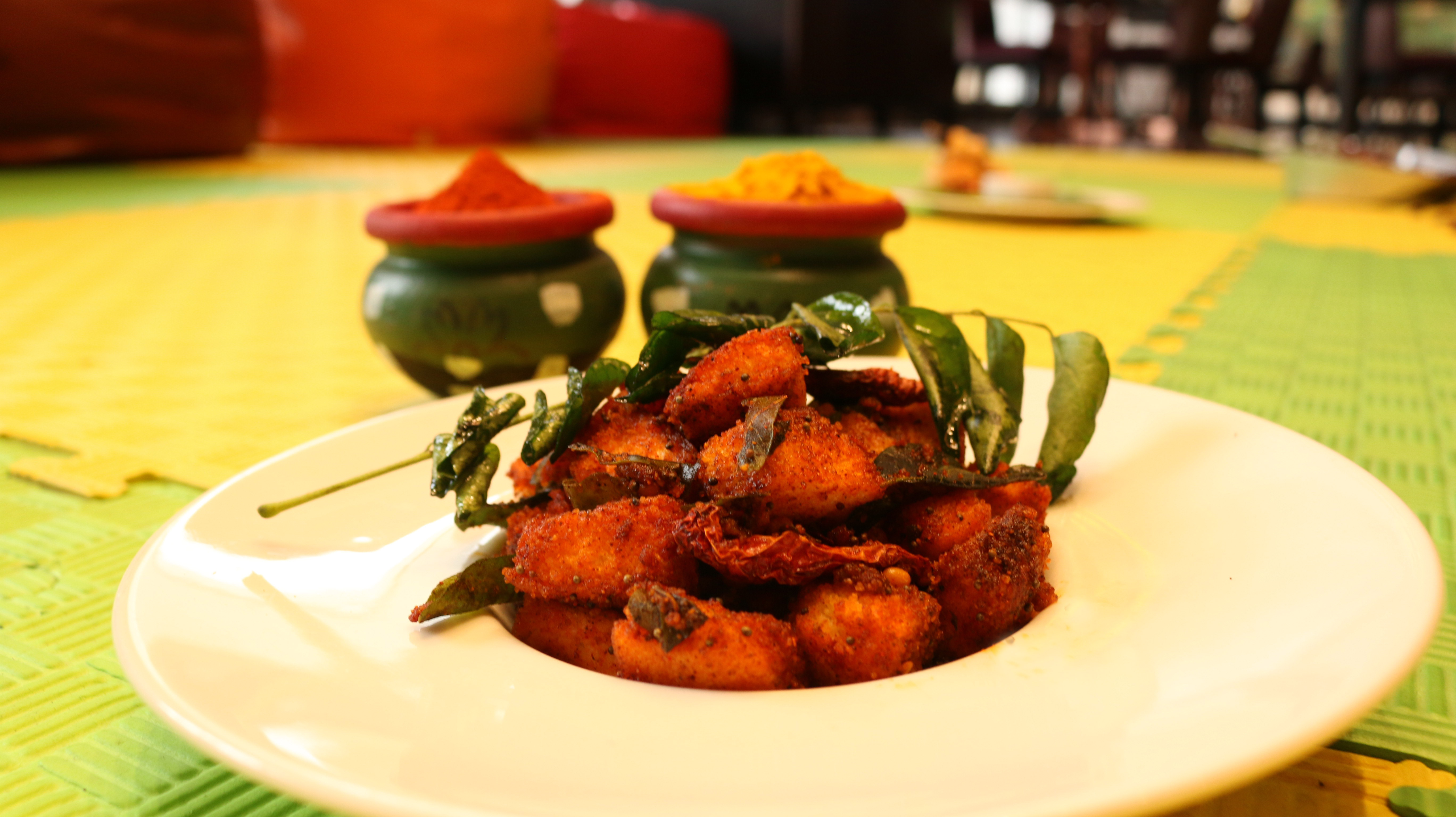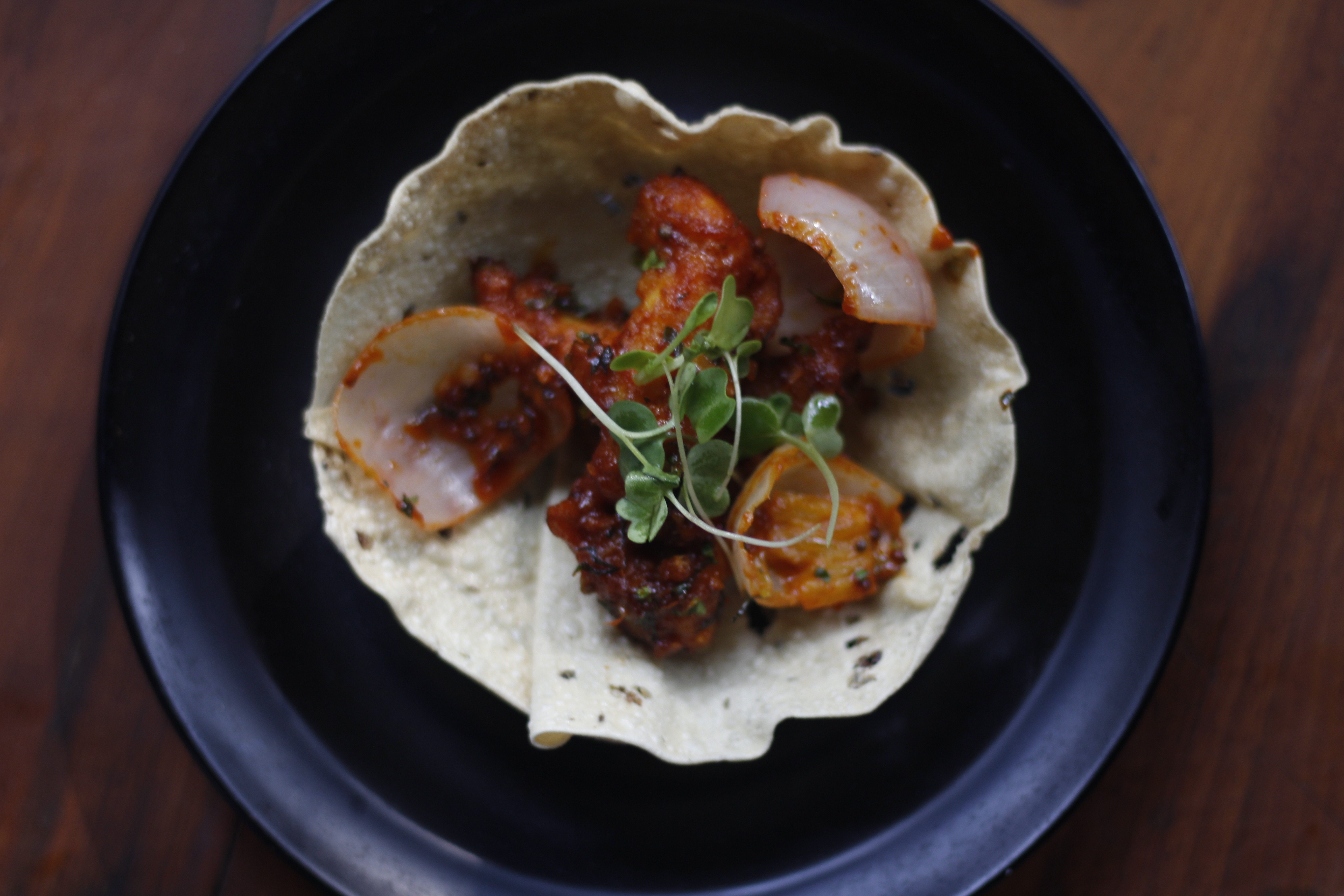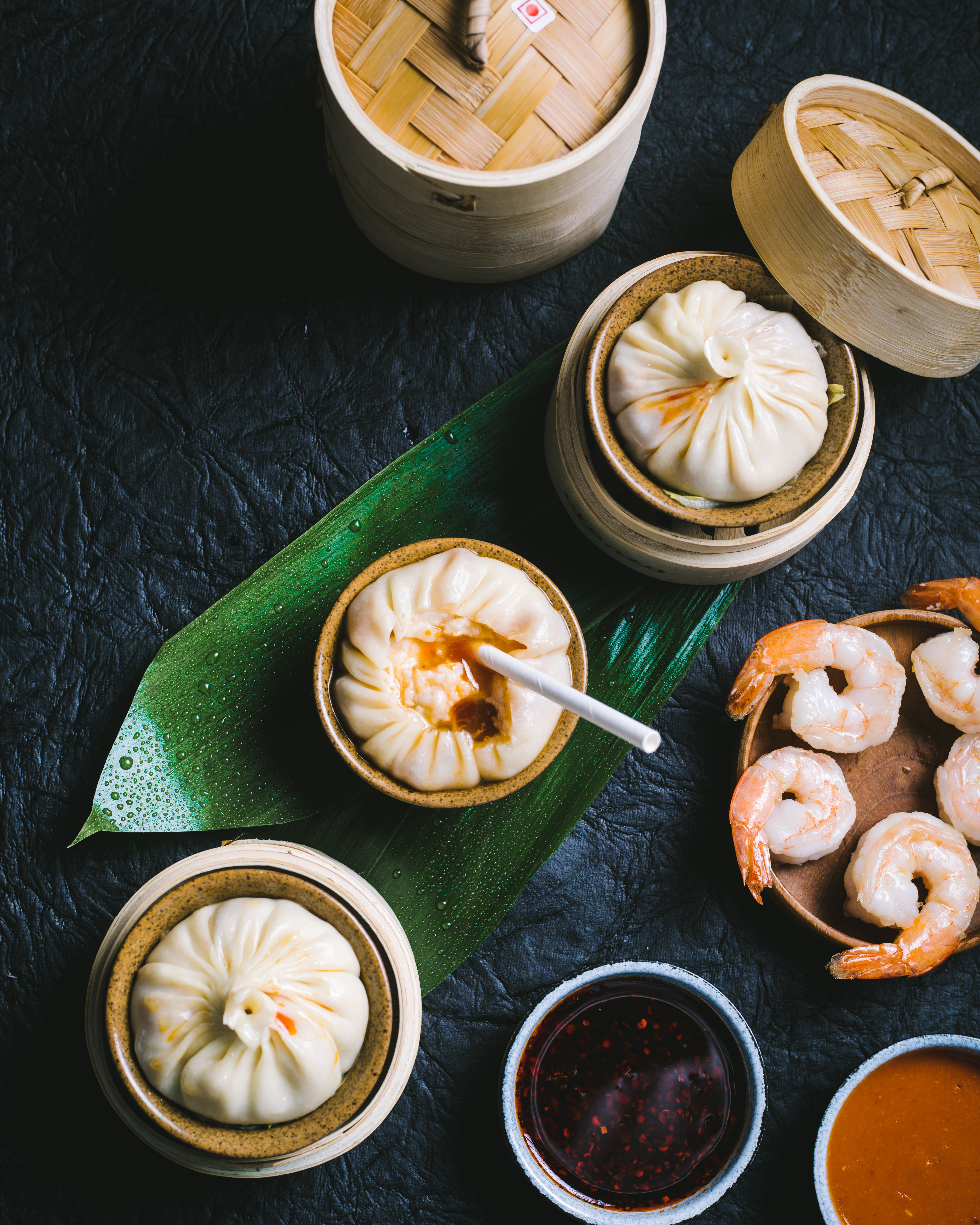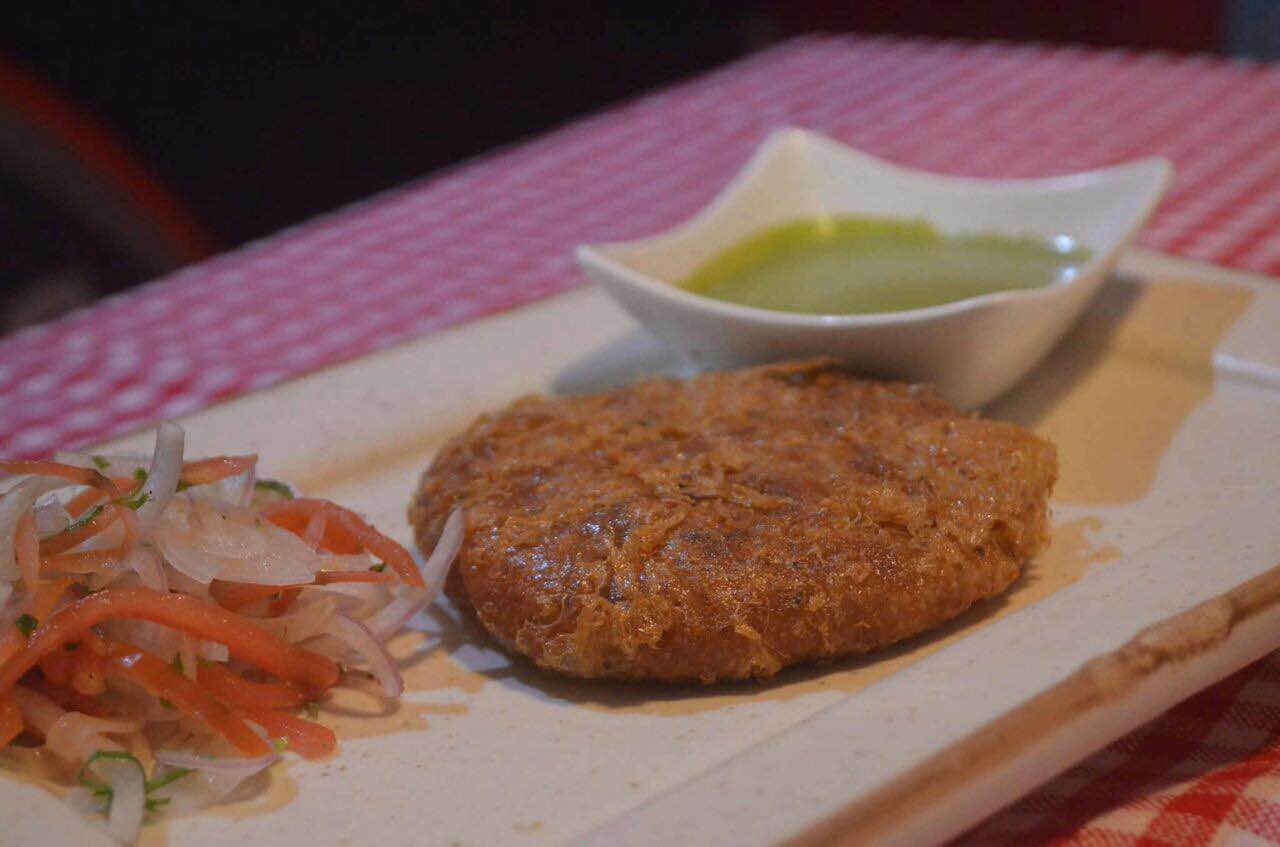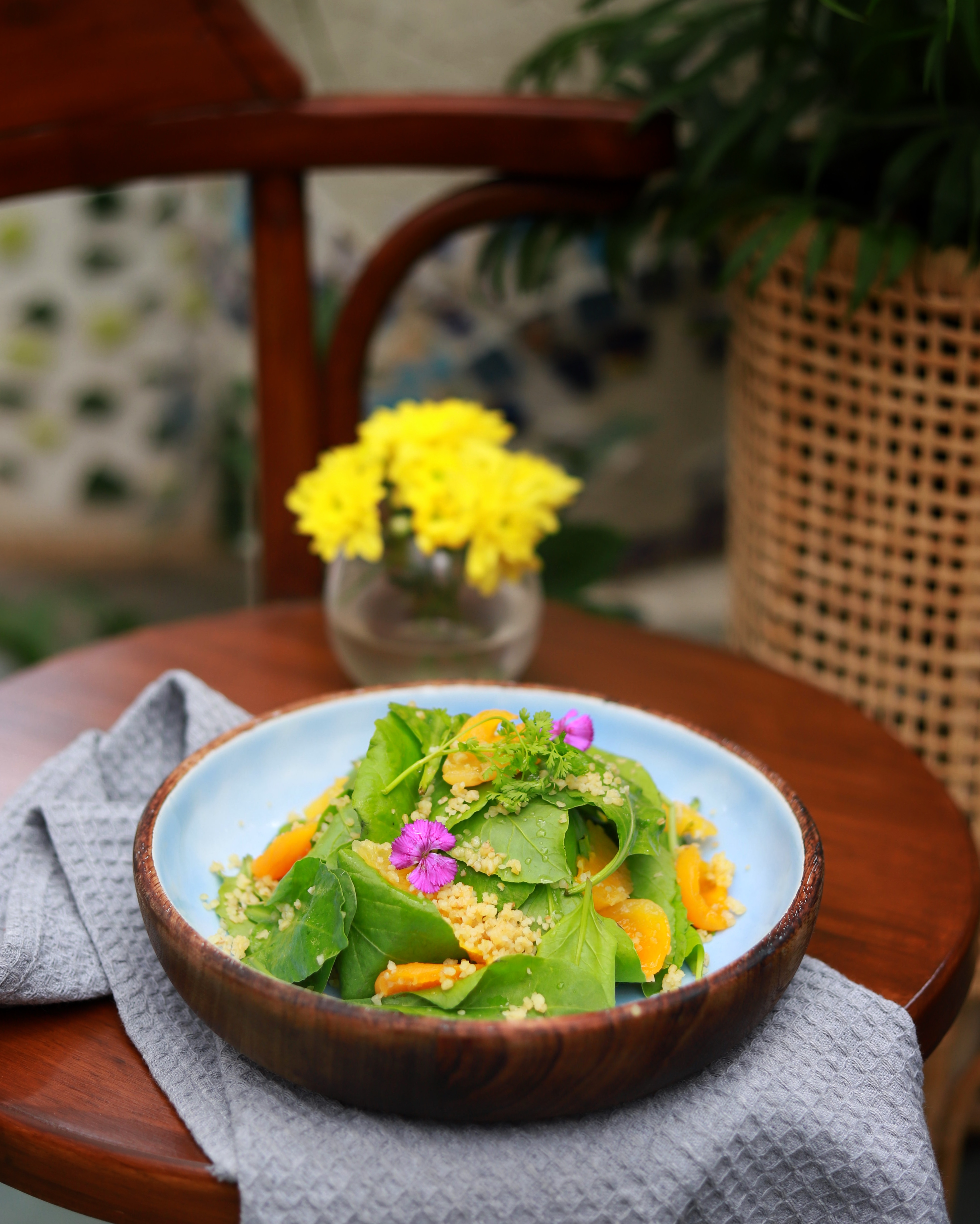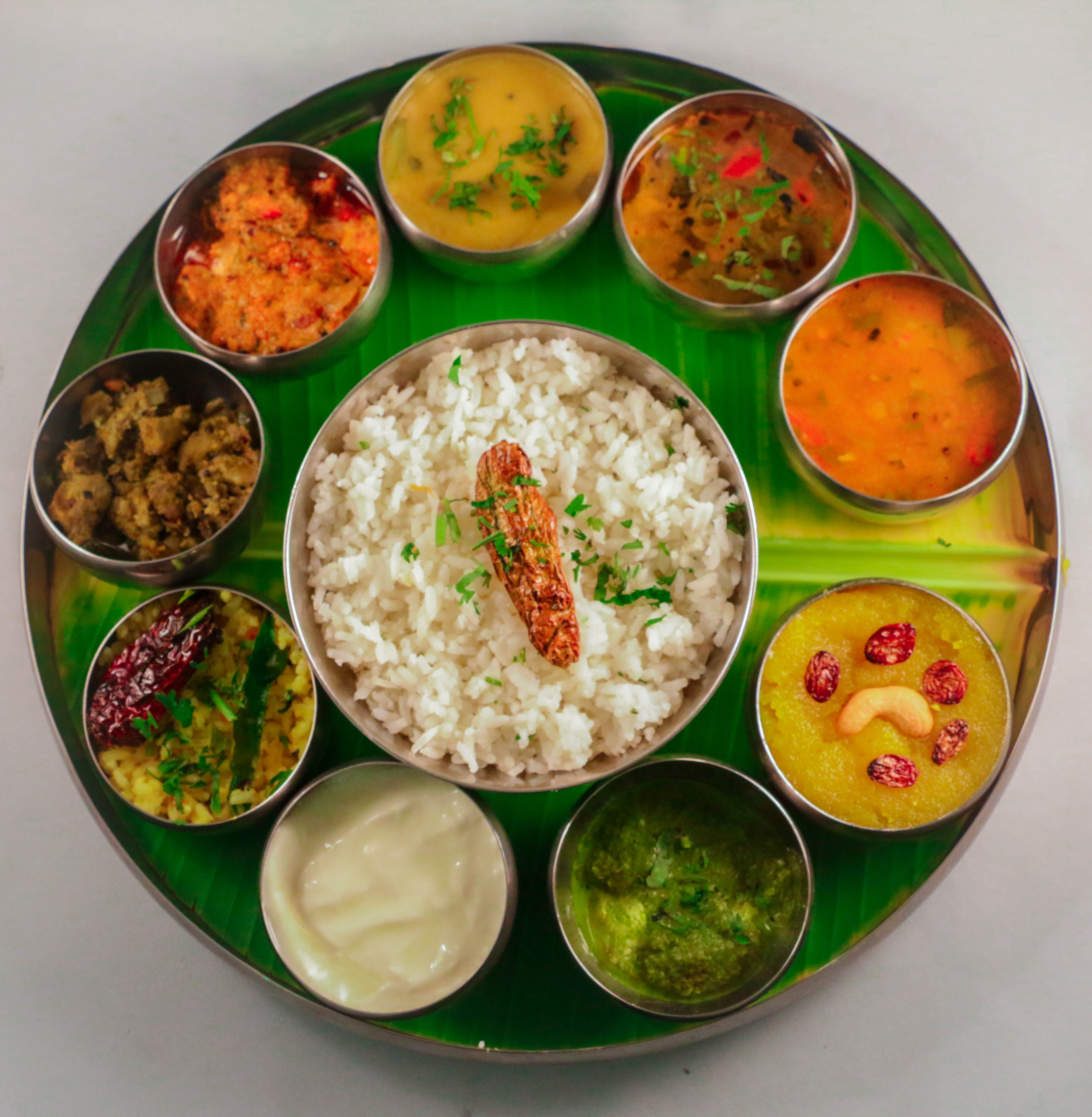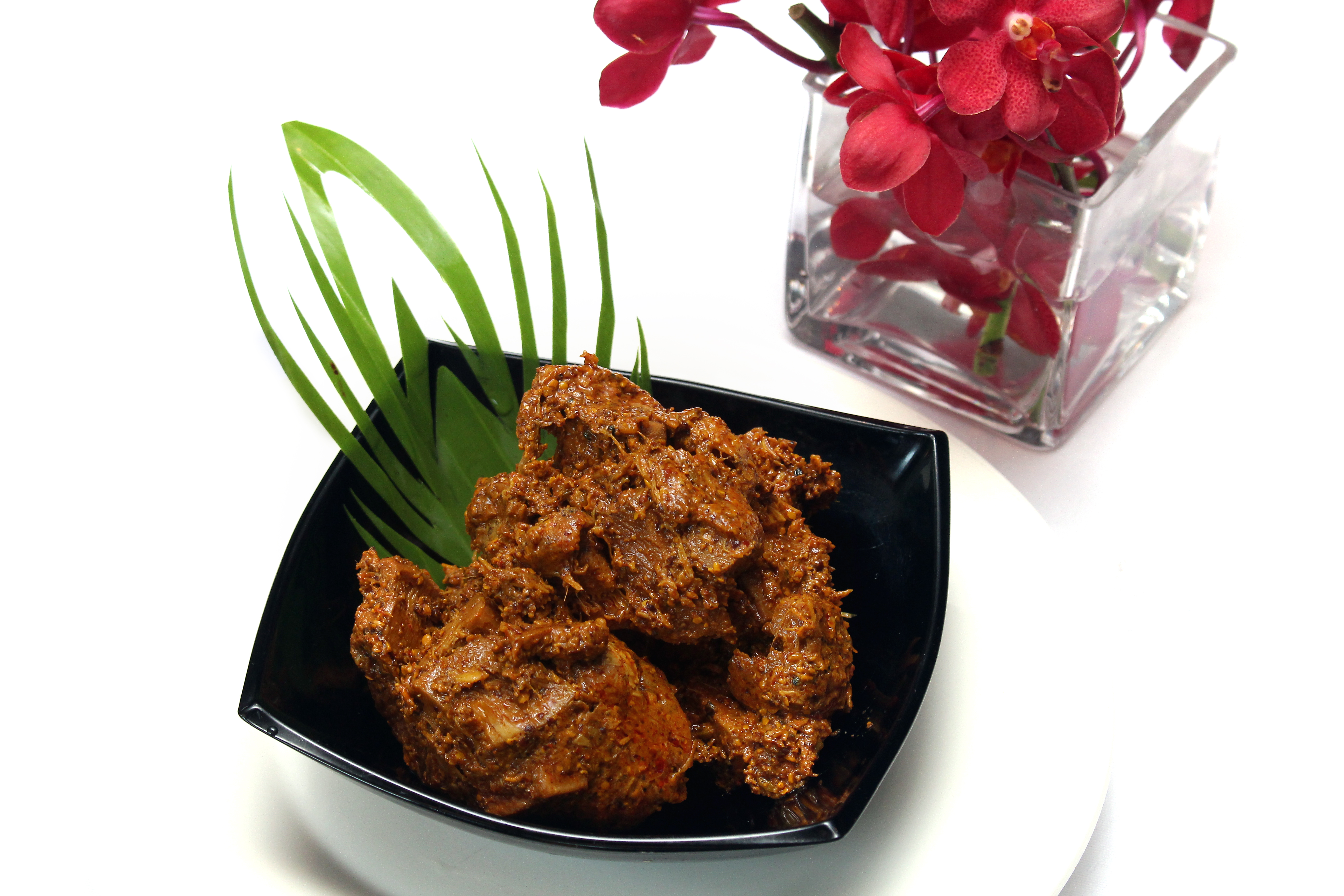Valentine’s Day, is round the corner and many are getting ready to celebrate this day of love. But this year, be different.
There are special 5 course Valentine’s set menus handcrafted by Chefs, beach-front dinners and options galore. But Valentine’s Day need not always be a romantic dinner at an expensive restaurant with an idyllic setting to celebrate. The idea is to spend time together and enjoy yourselves on this day, which spells romance and togetherness. It could even be a cosy meal at home.
Indulge in aphrodisiac foods, for a change. Stories of aphrodisiac foods, date back thousands of years, as after all, they are named after Aphrodite, the Greek Goddess of love.
Although the word originated in ancient Greece, the first recorded mention of aphrodisiacs was made in Egyptian medical papyri thought to date from 2200 – 1700 BC and the foods have changed frequently throughout their history, from lettuce in ancient Egypt, through honey (suggested by Hippocrates), asparagus in the 17th century to spices, carrots and nettles championed up to the 18th Century in Europe.
The most famous aphrodisiac foods are oysters, which are high in zinc and strawberries which are packed with vitamin C. Asparagus, figs, pomegranate and salmon, honey and dark chocolate, are also aphrodisiacs. Enjoy these, as ingredients, in various forms, across cuisines. Be innovative and experimental.
Asparagus, may seem unassuming but is unimaginably potent. In salads and crispy asparagus tempura or even an Asparagus soup, there is a lot you can do with it. This ingredient is truly versatile. With ample crunch and aesthetically presented, it will tease your taste buds and uplift your mood instantly.
Pomegranate, is great just on its own, and enticing to look at too. It revs up any dish, imparting its characteristic tangy flavour and oodles of crunch. A pomegranate yogurt dressing is an interesting option and of course, adding it to salads is the first choice of many.
Being Cleopatra’s favourite food, figs were more precious than gold to the ancient Greeks for their romantic results. Famously used by Adam and Eve in the Garden of Eden, the humble fig stands for love. So can you challenge its importance? That apart, these are full of antioxidants and rich in amino acids too.
This creamy, melt-in-the mouth Avocado has taken the food scene by storm. Enjoy it as a topping on toast, and tantalise your taste buds in a jiffy. Avocado bruschetta is another mouth-watering option. A feta and avocado salad never fails you. A spicy prawns stuffed Avocado will take this ingredient to the next level. So you have options galore.
Chocolate is considered an aphrodisiac and once consumed, it leads to the release of enzymeswhich contain phenyl ethylamine, levels of which in the brain have been linked to falling in love. Chocolate has been used as a gift since the days of the Aztecs.But gone are the days when lovers on Valentine’s Day wowed each other with an array of chocolates- liqueur, nuts, flavoured and so on. Today, innovation is key and lovers settle for nothing but the best. Try a flourless chocolate cake or a decadent chocolate pot de crème.
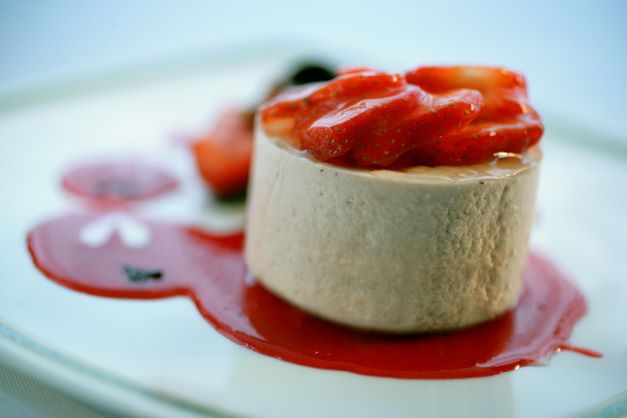
From lemon thyme strawberry crumble or a strawberry meringue roulade to a strawberry mascarpone tart, a myriad strawberry-based desserts, can be the ultimate treat for your loved one. After all, these heart-shaped shiny fruits are love at first sight anyway.
So, ditch the champagne and chocolate this Valentine’s Day and impress your beloved by cooking up a storm with these aphrodisiac foods or order a takeaway menu predominant with these and enjoy an intimate dinner at home.
